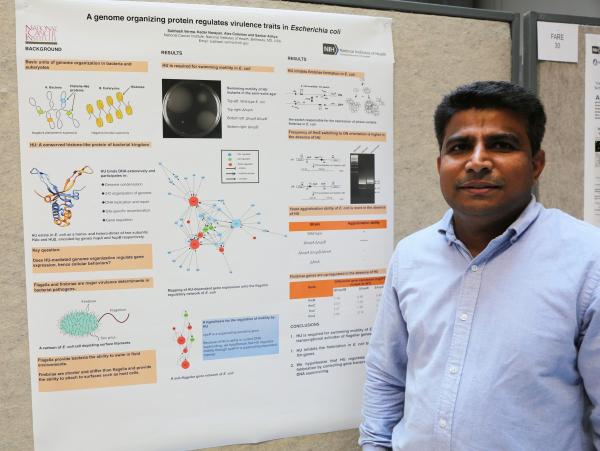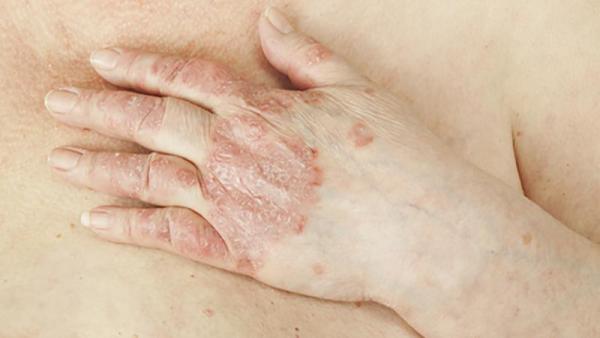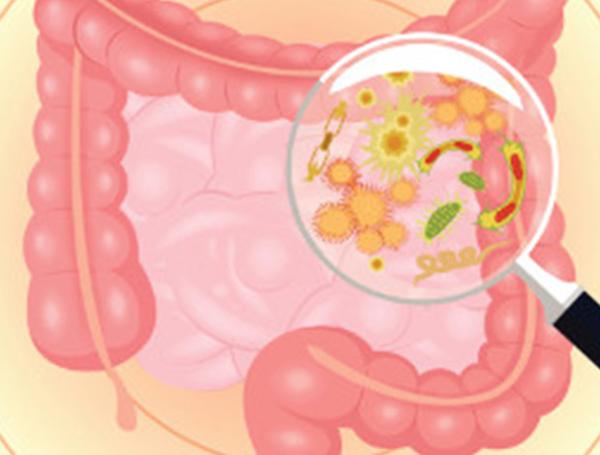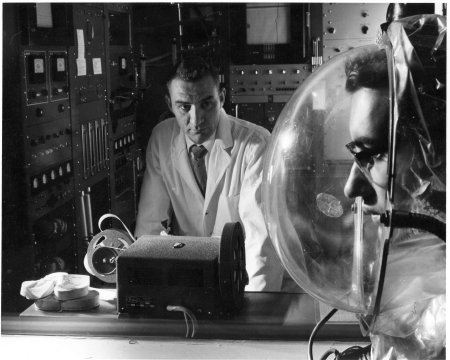Chemical Tag-Team Shows Promise as Diabetes Treatment
Therapeutic Strategy Enhances Natural Blood Sugar Control
Just like Sonny needed Cher to achieve music super-stardom and Stephen Curry needed Kevin Durant to win back-to-back NBA championships, sometimes a cell or molecule in the human body needs a partner’s assistance to work optimally. IRP researchers recently showed that a synergy between a lab-designed drug and a molecule naturally produced in the body could make for a promising therapy for type 2 diabetes.









